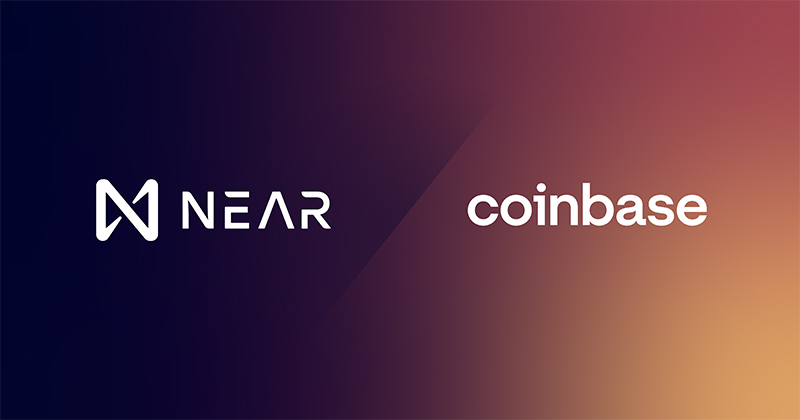
September 1, 2022 – Zug, Switzerland/New York, New York — NEAR Foundation, the Swiss non-profit that oversees the development of the NEAR Protocol, a next-generation high-speed, low-fee, carbon-neutral blockchain, announced a new campaign to help educate people on the utility of its native NEAR token with Coinbase.
At its core, this educational series will leverage Coinbase’s Earn initiatives to educate Coinbase users about NEAR’s utility through video tutorials and learning programmes.
But what makes this earn campaign unique is it will be the first of its kind to utilise staking rewards to fund the programme. Over a three year period, the Near Foundation will use their rewards to cover the cost of the earn campaign to incentivise learning.
“In an era when many crypto companies have relied on unsustainable business models to grow and scale, it was important we found a way of helping educate people about the unique features of NEAR in a sustainable way,” says Marieke Flament, CEO of the NEAR Foundation.
In addition to the Coinbase Earn program, the NEAR Foundation has selected Coinbase Custody– an independent, NYDFS-regulated entity offering clients access to secure, institutional-grade offline custody – and Coinbase Prime, an integrated solution that provides secure custody, an advanced trading platform, and additional prime services.
“We are committed to democratising access to the world of Web3 and giving more people the opportunity to help shape its future. We are making it easier than ever for anyone to learn about the utility of the NEAR token and its ability to create a more accessible and sustainable Web3. We believe that through education, we take another step towards mass adoption,” said Marieke.
NEAR’s focus on simplicity and sustainability has attracted developers from other blockchains looking for a low-cost, high speed, carbon neutral blockchain. NEAR has been certified carbon neutral by South Pole, the leading carbon offsetting company.
The NEAR Foundation recently announced its JavaScript SDK, allowing the 20 million developers to make their first steps into Web3 using the world’s most widely used Web2 coding language.
